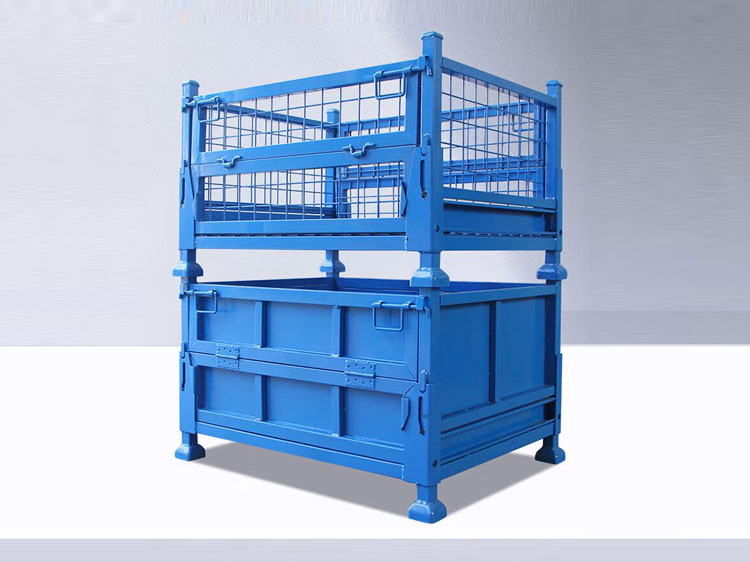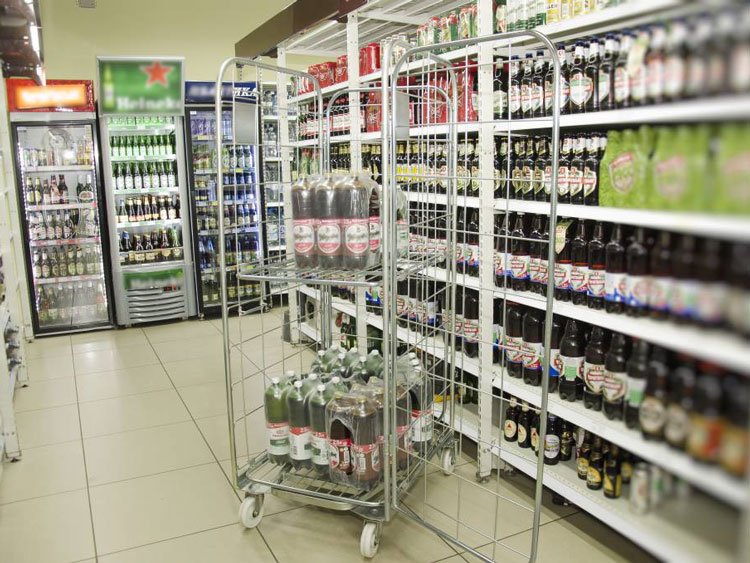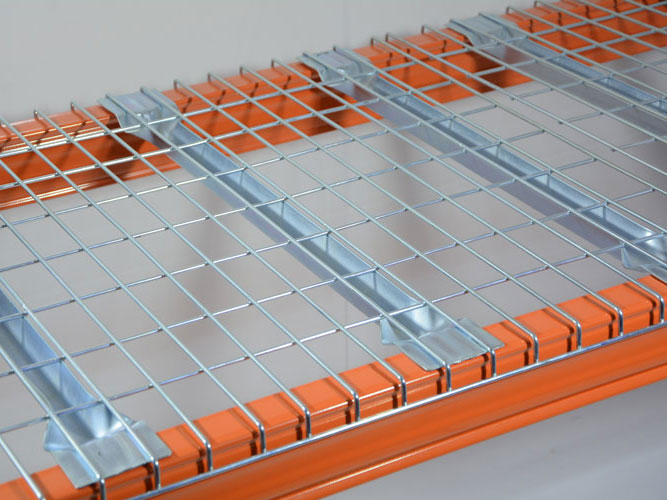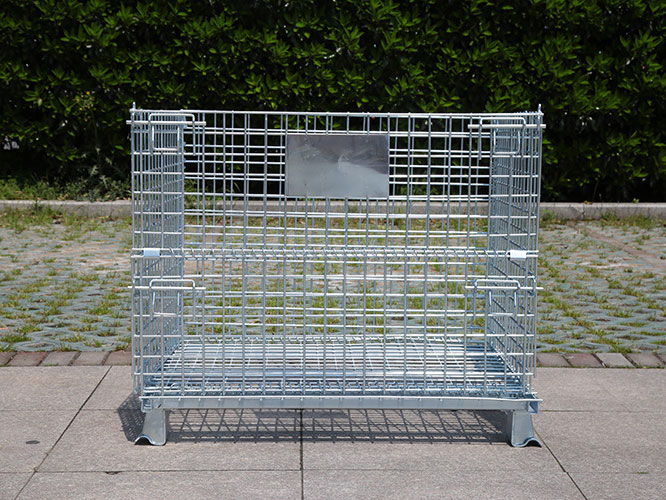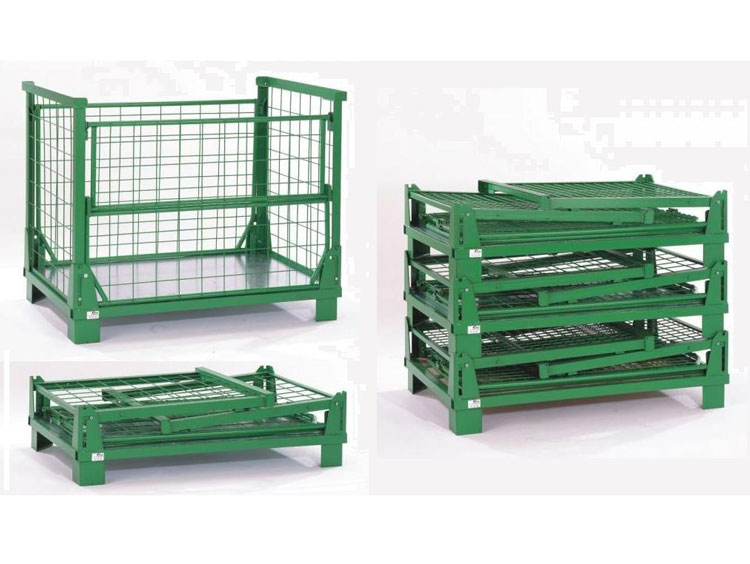-
 E-mail:
aceally4@aceallygroup.com
E-mail:
aceally4@aceallygroup.com
-
 Wechat: a18350222213
Wechat: a18350222213
-
Time:4/14/2025
-
Time:4/8/2025

- CONTACT US
- Wechat: a18350222213
- aceally4@aceallygroup.com
How does the height of a stillage cage affect it’s stability
 Time:4/14/2025
Time:4/14/2025 21
21
Center of Gravity Shift
✅Higher Center of Gravity:
As the height of the stillage cage increases, its center of gravity moves upward. A higher center of gravity means the cage is more top-heavy, making it more likely to tip over when subjected to external forces like wind, vibrations during transportation, or being bumped. For example, in a logistics warehouse, a tall stillage cage filled with goods is more prone to instability when a forklift moves it hastily.
✅Lower Center of Gravity:
In contrast, a shorter stillage cage has a lower center of gravity, which brings the bulk of its weight closer to the ground. This configuration provides greater stability as the cage is more resistant to tipping and can better withstand external forces. A short stillage cage used to store heavy tools in a workshop is less likely to topple over even if it's accidentally knocked.
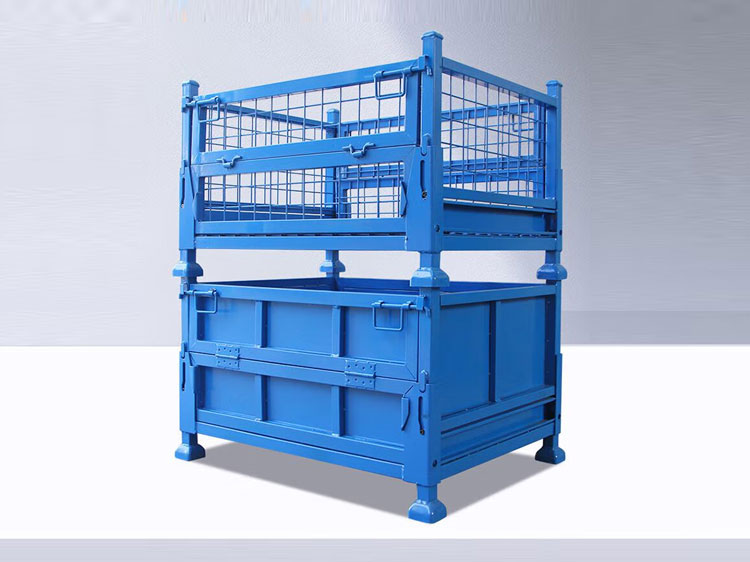
Stacking Stability
✅Taller Cages:
When tall stillage cages are stacked, the overall height of the stack increases significantly, further raising the center of gravity of the entire structure. This makes the stacked cages more vulnerable to small disturbances, and the risk of the entire stack collapsing is relatively high. In a multi-story warehouse where tall stillage cages are stacked several layers high, any imbalance in the load or improper handling can lead to a dangerous situation.
✅Shorter Cages:
Shorter stillage cages are more stable when stacked. Their lower height keeps the center of gravity of the stack at a relatively low level, enhancing the overall stability of the stack. Even if there are slight irregularities in the stacking or minor external forces, shorter cages are less likely to cause the stack to topple.
Structural Stress
✅Taller Cages:
The taller the stillage cage, the greater the stress on its structure, especially at the joints and supporting parts. The weight of the cage itself and the goods it carries exerts more force on the lower parts, which may cause deformation or weakening of the structure over time. For instance, a tall, freestanding stillage cage used to store large machinery parts may experience warping at the base and weakened welds due to the excessive vertical load.
✅Shorter Cages:
Shorter cages generally have less structural stress as the weight is more evenly distributed and the force on each part is relatively smaller. This reduces the likelihood of structural damage and helps maintain the stability of the cage during use. A short stillage cage made of thinner materials can still maintain good stability because the stress on its structure is within a manageable range.












